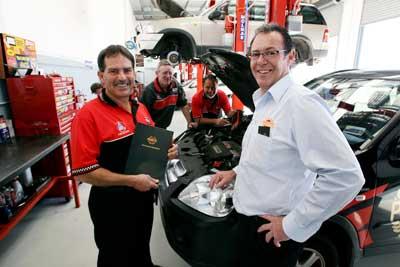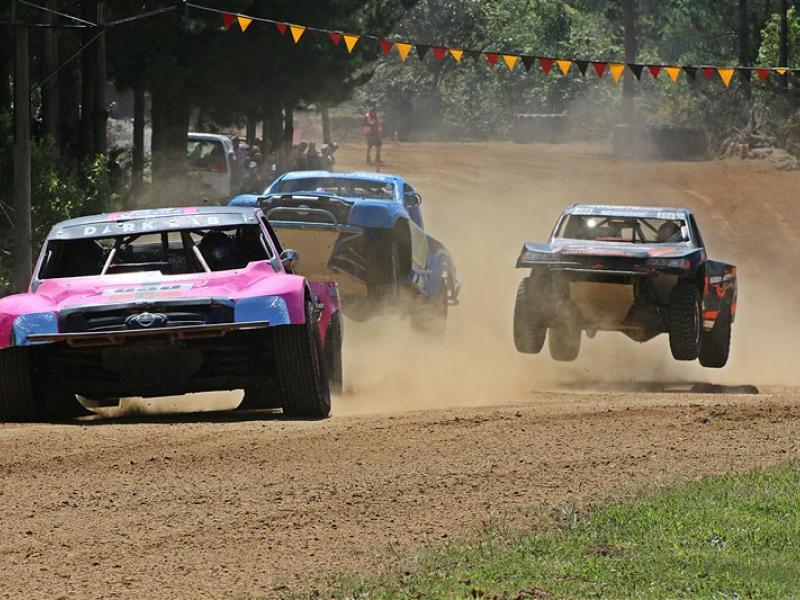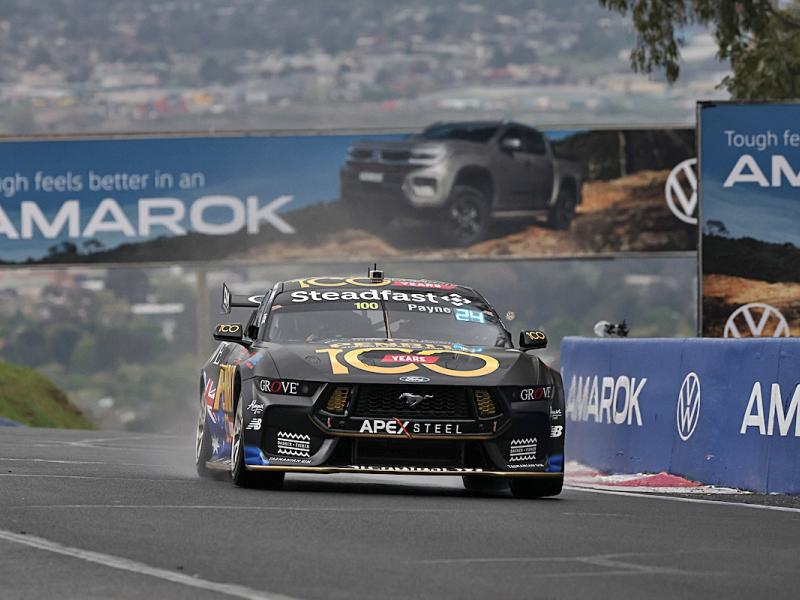|
Developments in the lubricant market The efficient, clean, legal, and safe movement of lubricants and filters through the workshop from vendor shelf to disposal is a simple process for technicians who know the right people. Jenny Baker reports. Managing the movement of lubricants and filters through the workshop can be broken down into three steps. First, choose lubricants and filters that suit the customers’ needs. Second, change lubricants and filters at sensible intervals, using equipment that makes the process as fast, efficient, and clean as possible. Third, dispose of the used materials in the correct manner. Lubricant and filter technology mirrors advancements in engine technology and while not much has changed dramatically in this industry the past twelve months, some manufacturers have made small value adding modifications to their products. A good strategy to keep on top of developments is build up a good relationship of trust with sales engineers from tried and trusted suppliers selling tried and trusted brands, but also to read extensively so as to make informed decisions. While it is true that the big, established names can always be trusted to act with and sell products with impeccable integrity to maintain a well deserved good reputation, it pays to keep the door open for newcomers to the market who might be offering real additional value in terms of technology, price, and after sales support. Healthy competition stimulates excellence and helps manufacturers and suppliers perform optimally. However, always remember too, if a deal looks too good to be true...it probably is. Here are some reminders for technicians about lubricants and filters management, and what is available on the market. Choosing the right lubricant Spokespeople for the major oil companies Castrol, Total Oil, United Oil, Gulf Western and Wynn’s, have on numerous occasion all commented to Motor Equipment News that auto technicians who want to stay ahead of the pack absolutely must ensure they understand the technology behind engine oil thoroughly so they can advise customers according to their needs. The domestic car park contains everything from brand new to deadbeat old cars of a staggering array of makes. Some figures put the average age of the New Zealand car at 12 years old, and many older vehicles have a limited service history and owners on a strict budget. In addition, modified vehicles are popular, especially with the youth, and these vehicles often see heavy use. A lubricant must address anti-wear, oxidation, and performance needs of vehicles of all ages. It is also critical that it will protect newer and modified engines’ emission control systems. Engine oil protects the engine against corrosion and wear. It seals the combustion chamber by forming a film between the rings and cylinder wall and between the valve and valve seats. It cleans by keeping contaminants in the system in suspension and preventing deposits from forming on engine surfaces. It lubricates the engine and reduces friction between moving parts. It also cools the engine by absorbing heat from the engine as it circulates. However, significant changes in engine design the past 15 years have placed increased demands on engine oils, and modern cars run with under bonnet temperatures of up to 20 degrees hotter. The combination and recipe of base oils and additives in the lubricant determines its characteristics. Base oils can be mineral, synthetic, or a mixture of the two, and oil manufacturers and marketers hold widely differing opinions about the value the choice of base oil adds. Proponents of synthetic based oil say it produces a lower friction lubricant film that stays thicker than that of mineral based oils when temperatures increase. They say synthetic based oil can operate at significantly higher temperatures than mineral oils before they begin to break down, and when it breaks down, it degrades at a much slower rate and with less sludge than mineral based oil. They reckon synthetic based oils are more resistant to oxidative breakdown than mineral oils, and can be used safely for severe operations without compromising engine protection, durability, performance, and ultimately repair life, and can be used safely for the full drain interval as specified by the engine manufacturer. As a consequence, high quality lower viscosity oils can be made with part or full synthetic base oils, which results in quicker oil circulation at start up, compared with mineral oils, and the concomitant slower engine wear. Proponents of mineral oil based lubricants, on the other hand, say their oils have a long reputation of a doing good job, and continues to do so...at a significantly better price. Gulf Western’s National Sales Manager Ross Tubnor, says he is continually overwhelmed by customers’ preference to use high performance products which are locally manufactured by companies which are locally owned. All lubricants are formulated for local conditions using only highly refined virgin base oils and PAO synthetics, incorporate the latest additive technology and offer the highest level of wear protection. The comprehensive range of products are all guaranteed to comply with their quoted specifications and warranted to meet or exceed the applicable API, SAE and CMA performance requirements. . Gulf Westerns Technical advances in lubricant design have been helped along with their involvement in motorsports such as V8 Supercars and Top level Dragsters. This has allowed it to test products in the most extreme environments an engine, gearbox or differential can be used in. Choosing the right equipment As a general rule engine oil and some filtering devices have to be replaced every 15,000 kilometres or year, depending what comes first. Lubricants and other fluids that fail could not only impact on safety, but also land the car owner with an expensive repair bill. Time is money, and having efficient plant at hand to deal with moving both new lubricant, including engine oil, into the auto and used lubricants from the auto to the disposal point, can save the auto technician a lot of time. Lubricant distribution suppliers have wide ranging opinions about what constitutes the best value for money in their product ranges. Chris Davis from Petroleum Equipment Services, Albany, established the company in 1993 as service station industry supplier but soon expanded the product range to include lube equipment for workshops. In 1995 the company decided to compile its own product range, initially sourcing from the US and Italy and since 2001 from China and Taiwan. The company’s lube equipment line offers a comprehensive line of hand operated grease guns and drum pumps for smaller operators. The range also caters for larger franchise workshops that require the added efficiency value of air operated equipment for pumping oils and greases. In addition, a full line of air, grease, oil, and water reels and a new range of digital metered nozzles are available.
|
Davis says quality has always and continues to drive strategic decisions including purchasing: “But at some point imported products become prohibitively expensive. The range we’ve built up the past few years now optimises quality and affordability and we’re now at a stage where we’re a one-stop shop for lubrication equipment as well as the service station industry.” Hamilton based EMCO’s range of oil, grease, and fuel equipment and systems include not only materials handling equipment, but NS10 fuel filters. Established in 1999, EMCO is the exclusive distributor of the high quality RAASM lubrication and pumping equipment. The company also distributes Tecalemit, National Spencer Filters, Sotera chemical pumps, and Tuthill-Fillrite petrol and diesel pumps and meters. The company carries a vast range of stock ranging from grease nipples to advanced oil dispensing systems. This includes industrial lubrication systems for fixed and mobile plant such as truck, digger, and loaders. Says EMCO Managing Director James Driscoll: “We confidently supply what the client wants – we’re a very flexible company, if we don’t have it or carry it, we source it quickly and competitively.” Driscoll says the RAASM range is a leading brand and always good value. “The RAASM 35200 mobile oil dispenser platform is a practical and complete combination for dispensing oil of any density and in any workplace - workshop, farming, and industry. The platform has an easy to handle trolley and the practical hose reel with its 10 metres of hose means technicians can work efficiently.” There are several cost-effective plant on the market to drain used oil tidily and spillage free. Driscoll believes the RAASM drainer is a cut above the rest, He explains the oil drainer, with its wheel-mounted tank is practical and functional, and suitable for gravity draining of engine, gearbox and differential oil from all motor vehicles placed on auto lift or pit. The centrally mounted 13-litre capacity bowl, in addition to being height-adjustable, can be optimally positioned as a result of the swivel joint on which it is applied. He adds: “Once the drainer is full, the operator moves it to a waste oil collection point and pumps it out with air in a closed system, mess free manner.” In addition, the workshop owner must ensure used filters are drained properly before being sent off to a scrap metal dealer. The Ministry for the Environment recommends crushing the filters as the preferred method of removing used oil. Good quality filter crushers, such the Oberg range, can drain and crush a filter in 35 seconds in a closed system, ensuring waste oil exits the filter in a controlled manner, and compacting a used filter to a size that allows workshop personnel to increase each collection drum’s load significantly Prior to crushing the filters can be left on an oil drainer’s screen to drain. Disposal of used lubricants and filters Automotive repair workshops have several options available to deal with used lubricants legally and safely. New Zealand has no specific regulations for the management of used oil. The Ministry for the Environment, however, have published guidelines for the management of handling of used oil, available on www.mfe.govt.nz. The guidelines are intended to complement and be read in conjunction with the Dangerous Goods Act 1974 and its Regulations, the Health and Safety in Employment Act 1992, and the Resource Management Act 1991. In addition, workshop owners should note that each district council has its own rules and regulations on how to deal with waste oil. Workshop owners must remember a few key points to ensure their use oil housekeeping practices are safe and legal. Firstly, oil must be drained and filters changed in such a manner that no spills occur. Secondly, used oil must never be mixed with contaminants such as petrol, diesel, solvents, agricultural chemicals, water, or engine coolants. Thirdly, used oil must be stored in dedicated facilities for the main types of used oil. The facilities must be designed, labelled, and operated to minimise oil spillage and contamination of the environment and the used oil itself. Fourthly, workshop owners must ensure their staff is aware of the procedures for the storage and handling of used oil, and of the need to keep used oil separate from dangerous goods. Finally, removal of used oil and filters must only be done through a commercial collection agent approved by the local District Council, and records of collections must be available for three years. Bur removal of used oil is not the only option. The cold season is already making its presence felt during dusk and dawn, and parsimonious workshop owners can get a second round of usage out of used oil by recycling it in an oil burner approved by their district council. A universally popular option in New Zealand is the certified Kroll heater. Kroll sales manager Brian Dunning says Kroll burners use a patented burner mechanism that preheats and emulsifies the oil. This prevents nozzle blockages. The burner starts at the push of a button and can be controlled thermostatically to maintain the desired room temperature. The oil burns efficiently and cleanly at very high temperatures. Kroll heaters offer units from 30kw to 1 300kw, from small workshop hot air heaters to very large warehouse or glasshouse units. The product line includes hot water boilers ranging from small domestic, swimming pool, under floor heating through to large commercial units. Kroll also supply boilers for domestic use. The same unit can burn old engine, gear, hydraulic, vegetable, and kerosene oil, but can run on diesel as well. “A comfortable working environment not only improves productivity and sales, but parts stored in moisture free environments also will not suffer from rust and oxidation,” Dunning says.
|






